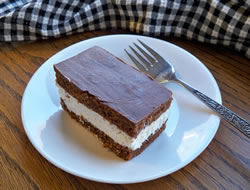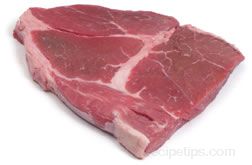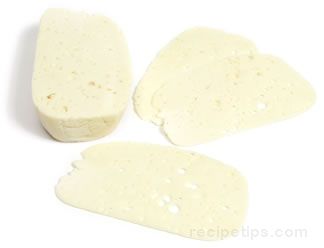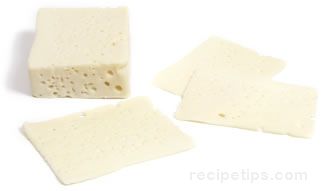Loading
Similar Content to: Swiss
back to Swiss
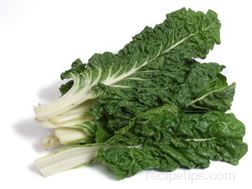
A rippled or smooth-leafed vegetable that has a white, red or yellow stalk with white veins running throughout the stalks. Swiss Chard grows in clumps as either a white or red variety. The common Red Chards include Rhubarb or Ruby Chard while the common White Chard is also known as Green Chard. Typically, this vegetable green is sold in loose bunches of leaves rather than clumps. The leaf and stalk can be eaten raw or the leaves can be prepared in the same manner as spinach and the stalks can be prepared like asparagus, the leaves providing a smooth, light texture while the stalks are crisp and crunchy. Chard is a member of the beet and spinach family, however, it is a plant that grows upward rather than downward like the garden beet that is considered a root vegetable. This vegetable has a somewhat salty flavor with a slightly bitter taste from the greens. It contains an abundant supply of nutrients, providing over twice the amount of Recommended Dietary Allowance of vitamin K in each cup of cooked Chard. In addition, Swiss Chard provides vitamins A, C, E, iron, manganese, and potassium.
Swiss Chard is available throughout the year but its peak season is during the summer. When selecting, choose fresh, tender greens and crisp stalks, avoiding those that are wilted or have blemished leaves. To store, wrap unwashed in a plastic bag and keep in the refrigerator for up to 3 days. When ready to prepare, wash thoroughly to remove all debris and dirt from the leaves and stalks. Do not use aluminum pans when cooking Chard as this vegetable may react with the metal causing discoloration. Swiss Chard is also known simply as Chard or spinach beet, leaf beet, seakale beet, silver beet, and white beet.

Loading
Advertisement
Advertisement






